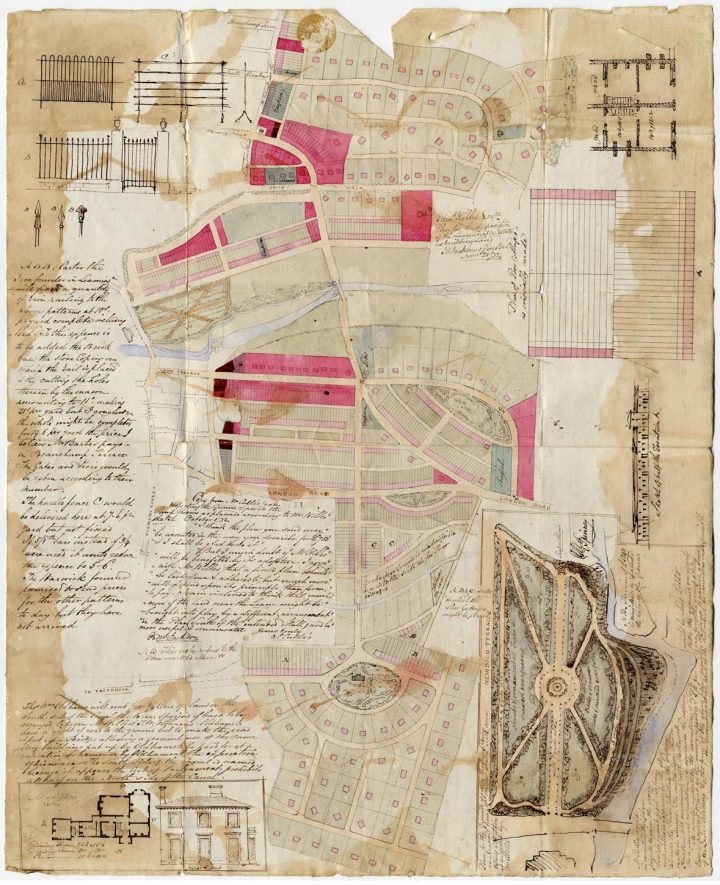



When Pinder defected from the NHL’s Chicago Blackhawks to the WHA’s Cleveland Crusaders “we were told in no uncertain terms by members of the National Hockey League executives, ‘If you go to the WHA, you’re not coming back to the National Hockey League.”‘ The WHA also aggressively recruited European players, of which there were few in the NHL at the time.įor players, the WHA offered a chance to revolt against what they saw as the tyrannical NHL and get paid a lot more to play hockey.Īn NHL salary in 1972 was $25,000 and players’ restrictive contracts handcuffed them to one team for the duration of their career, according to “The Rebel League: The Short and Unruly Life of the World Hockey Association” by Ed Willes. The NHL also absorbed four WHA clubs when the league ceased operations in 1979. The NHL saw the WHA as a threat and expanded rapidly to keep WHA teams out of markets. The WHA operated from 1972 to 1979 and lured dozens of NHL players to its clubs by offering higher salaries and the ability to move between teams.īobby Hull, Gordie Howe, Derek Sanderson, Frank Mahovlich, Jacques Plante, Dave Keon, Pat Stapleton and Mark Messier are among the hockey luminaries who count themselves as WHA alumni. “I don’t think I ever believed this was going to happen.” “I’m actually quite surprised there is this recognition of the World Hockey Association,” former player Gerry Pinder said. The public will have an opportunity to meet players. The Avco Cup, the championship trophy on loan from the Manitoba Sports Hall of Fame, will be on display. The Hall has scheduled an appreciation day for the WHA on Saturday. The stick bears his name incorrectly spelled “W. The conversation piece was a hockey stick that once belonged to a 17-year-old Wayne Gretzky who started his pro career with the Indianapolis Racers. With help from WHA alumni, the Hall unveiled an exhibit featuring jerseys, photos and pennants from such teams as the Cleveland Crusaders, San Francisco Sharks, Calgary Broncos and New York Raiders.


 0 kommentar(er)
0 kommentar(er)
